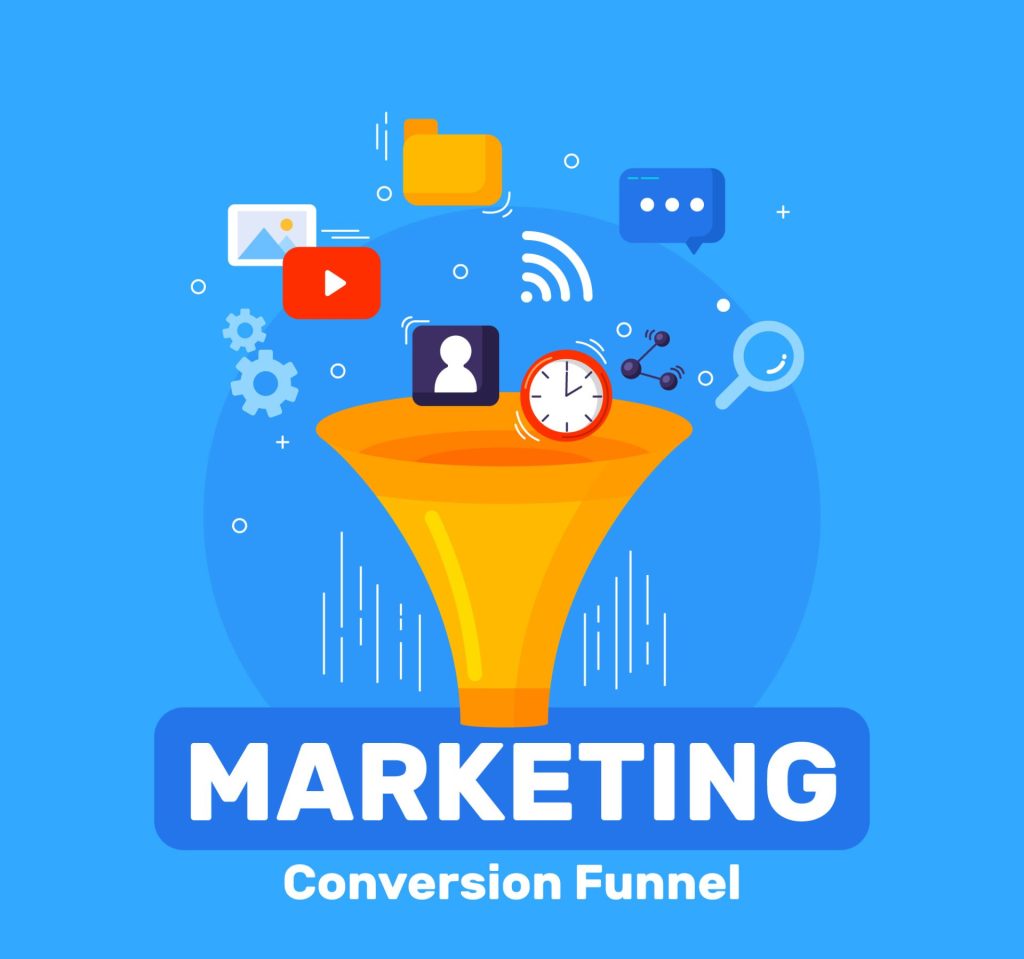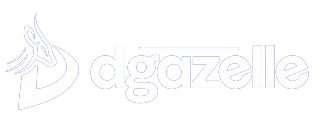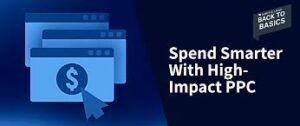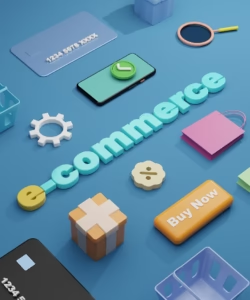Introduction
The concept of sales funnels has emerged as a critical component in driving conversions and maximizing ROI for clients. In this introductory section, we’ll provide an overview of sales funnels in web design and highlight their importance for web designers while leaving you with sales funnel tips to help you as you design your next website.
Sales funnels in web design represent the strategic process of guiding website visitors through a series of steps towards a specific goal, typically a conversion, such as making a purchase, signing up for a newsletter, or filling out a contact form. Unlike traditional websites that aim to provide information or showcase products and services, sales funnels are designed with a clear focus on driving action and facilitating user engagement at each stage of the buyer’s journey.
Importance of Sales Funnels for Web Designers
Sales funnels play a crucial role in the success of websites by optimizing user experiences, maximizing conversions, and ultimately driving business growth. For web designers, understanding and implementing effective sales funnels are essential skills that can differentiate their work and provide added value to clients. By leveraging sales funnel principles in web design, designers can create websites that not only look aesthetically pleasing but also perform effectively in achieving business objectives and delivering measurable results.
Understanding Sales Funnels
Sales funnels are the backbone of effective online marketing strategies, guiding website visitors through a structured journey towards a specific goal. Let’s delve into the definition, components, and the role of web design in sales funnels.

At its core, a sales funnel represents the path that a user takes from the initial interaction with a website to completing a desired action, such as making a purchase or submitting a form. The funnel concept acknowledges that not all visitors are ready to convert immediately and aims to nurture them through sequential steps to increase the likelihood of conversion over time.
Components of a Sales Funnel
A typical sales funnel consists of several key components:
1. Awareness: This stage involves attracting visitors to the website through various channels such as organic search, social media, or advertising.
2. Interest: Once visitors land on the website, they move to the interest stage, where they explore the content, products, or services offered.
3. Desire: In this stage, visitors develop a desire or need for the product or service, often through persuasive messaging, testimonials, or demonstrations.
4. Action: The final stage is where visitors take the desired action, such as making a purchase, signing up for a newsletter, or requesting more information.
Role of Web Design in Sales Funnels
Web design plays a crucial role in optimizing sales funnels for maximum effectiveness. Design elements such as layout, navigation, visuals, and messaging contribute to shaping the user experience and influencing visitor behavior at each stage of the funnel. By designing intuitive user interfaces, persuasive call-to-actions, and visually appealing landing pages, web designers can enhance the overall effectiveness of sales funnels and increase conversion rates.
Importance of Sales Funnel Optimization
Optimizing sales funnels is essential for driving conversions, enhancing user experiences, and maximizing ROI for clients. Let’s explore the significance of sales funnel optimization in more detail.
Maximizing Conversions
Sales funnel optimization focuses on identifying and addressing potential barriers or friction points that may hinder visitors from completing the desired action. By optimizing elements such as page load speed, form usability, and checkout process, web designers can streamline the conversion process and increase the likelihood of visitors taking action.
Enhancing User Experience
A seamless and intuitive user experience is crucial for keeping visitors engaged and guiding them through the sales funnel effectively. Web designers can improve user experience by designing clear navigation, intuitive layouts, and mobile-responsive interfaces that adapt to various devices and screen sizes.
Increasing ROI for Clients
Ultimately, sales funnel optimization aims to deliver tangible results for clients by increasing conversion rates and generating a positive return on investment (ROI). By optimizing sales funnels to deliver relevant, targeted experiences to users, web designers can help clients achieve their business objectives and drive sustainable growth.
Essential Sales Funnel Tips for Web Designers
Creating an effective sales funnel requires careful attention to detail and strategic design decisions. In this section, we’ll explore essential tips for web designers to optimize sales funnels and drive conversions.
Creating Engaging Landing Pages
Landing pages are the entry point into your sales funnel and often the first impression visitors have of your brand. To create engaging landing pages:
– Clear Value Proposition: Clearly communicate the benefits of your product or service and why visitors should take action.
– Compelling Visuals: Use high-quality images, videos, and graphics to capture attention and reinforce your message.
– Strong Call-to-Action (CTA): Include a clear and persuasive CTA that prompts visitors to take the next step in the funnel.
Optimizing Forms and CTAs
Forms and CTAs play a crucial role in capturing visitor information and guiding them through the conversion process. To optimize forms and CTAs:
– Minimize Friction: Keep forms short and simple, asking for only essential information to reduce abandonment rates.
– Visible and Accessible: Place CTAs prominently on the page and ensure they stand out visually to encourage clicks.
– Provide Clear Instructions: Clearly communicate what action visitors should take and what they can expect after submitting the form.
Improving Page Load Speed
Page load speed directly impacts user experience and can significantly affect bounce rates and conversion rates. To improve page load speed:
– Optimize Images: Compress images and use the appropriate file formats to reduce file sizes without compromising quality.
– Minimize HTTP Requests: Reduce the number of server requests by combining CSS and JavaScript files and minimizing redirects.
– Utilize Browser Caching: Leverage browser caching to store frequently accessed resources locally and reduce load times for returning visitors.
Implementing Responsive Design
With the increasing use of mobile devices, responsive design is essential for ensuring a seamless user experience across all devices. To implement responsive design:
– Use Fluid Grids: Design layouts using percentages instead of fixed pixels to allow content to adapt to different screen sizes.
– Prioritize Content: Prioritize essential content and elements for smaller screens to ensure a smooth user experience on mobile devices.
– Test Across Devices: Test your website across various devices and screen sizes to identify any issues and ensure consistent performance.
Streamlining Checkout Process
The checkout process is a critical stage in the sales funnel, and any friction or complexity can lead to abandoned carts. To streamline the checkout process:
– Single Page Checkout: Condense checkout steps into a single page to reduce the number of clicks and form submissions required.
– Guest Checkout Option: Offer a guest checkout option to allow users to complete their purchase quickly without creating an account.
– Clear Progress Indicators: Provide clear progress indicators to show users how far they are in the checkout process and what steps are remaining.
Leveraging Data and Analytics
Data and analytics provide valuable insights into user behavior, conversion rates, and funnel performance. Let’s explore how web designers can leverage data to optimize sales funnels.

Image Source: Freepik
Tracking User Behavior
Utilize tools like Google Analytics to track user interactions and behavior on your website. Key metrics to monitor include page views, bounce rates, session duration, and click-through rates. Analyzing user behavior helps identify areas for improvement and optimization within the sales funnel.
Analyzing Conversion Funnel
Analyze the conversion funnel to identify potential bottlenecks and areas of friction that may be hindering the conversion process. By tracking the flow of users through the funnel and identifying drop-off points, web designers can make data-driven decisions to optimize the user journey and improve conversion rates.
Iterating Based on Insights
Use data and insights gathered from analytics to iterate and refine the sales funnel continuously. Test different variations of design elements, messaging, and user flows to see what resonates best with your audience. By adopting a data-driven approach to design, web designers can iteratively improve the effectiveness of the sales funnel over time.
Integrating Marketing Automation
Marketing automation tools streamline the process of nurturing leads and engaging with prospects throughout the sales funnel. Let’s explore how web designers can integrate marketing automation to enhance the effectiveness of sales funnels.
Implementing Email Marketing Sequences
Set up email marketing sequences to deliver targeted content and offers to prospects based on their behavior and stage in the sales funnel. Design visually appealing email templates that align with your brand and messaging to encourage engagement and drive conversions.
Personalizing User Journeys
Use marketing automation tools to personalize the user journey based on individual preferences, behaviors, and demographics. Segment your audience into different groups and tailor content and messaging to address their specific needs and interests. Personalization enhances the relevance of your communications and improves the overall user experience.
Automating Follow-Up Processes
Automate follow-up processes such as abandoned cart reminders, post-purchase emails, and lead nurturing sequences to keep prospects engaged and moving through the sales funnel. By automating repetitive tasks, web designers can free up time to focus on strategic design initiatives and optimization efforts.
Collaboration with Marketing Teams
Effective collaboration between web designers and marketing teams is essential for aligning design with marketing objectives and driving success. Let’s explore how web designers can collaborate effectively with marketing teams to optimize sales funnels.
Understanding Marketing Objectives
Take the time to understand the marketing objectives and goals of the marketing team. Align your design decisions with these objectives to ensure that the website and sales funnel support the broader marketing strategy.
Aligning Design with Marketing Strategies
Work closely with the marketing team to align design elements, messaging, and branding with marketing strategies and campaigns. Consistent branding and messaging across all touchpoints help reinforce brand identity and drive brand recognition.
Continuous Communication and Feedback
Maintain open communication channels with the marketing team to exchange ideas, share insights, and provide feedback on performance. Regular meetings, brainstorming sessions, and collaborative tools facilitate ongoing collaboration and ensure that design and marketing efforts are closely aligned.
Conclusion
The success of a website goes beyond aesthetics; it hinges on its ability to drive conversions and deliver tangible results for clients. As web designers, understanding and implementing effective sales funnels are paramount to creating websites that not only look great but also perform exceptionally well in achieving business objectives.
Sales funnel optimization is not just a trend; it’s a fundamental aspect of modern web design that can make all the difference in driving conversions, maximizing ROI, and ultimately, achieving success in today’s competitive digital landscape.






